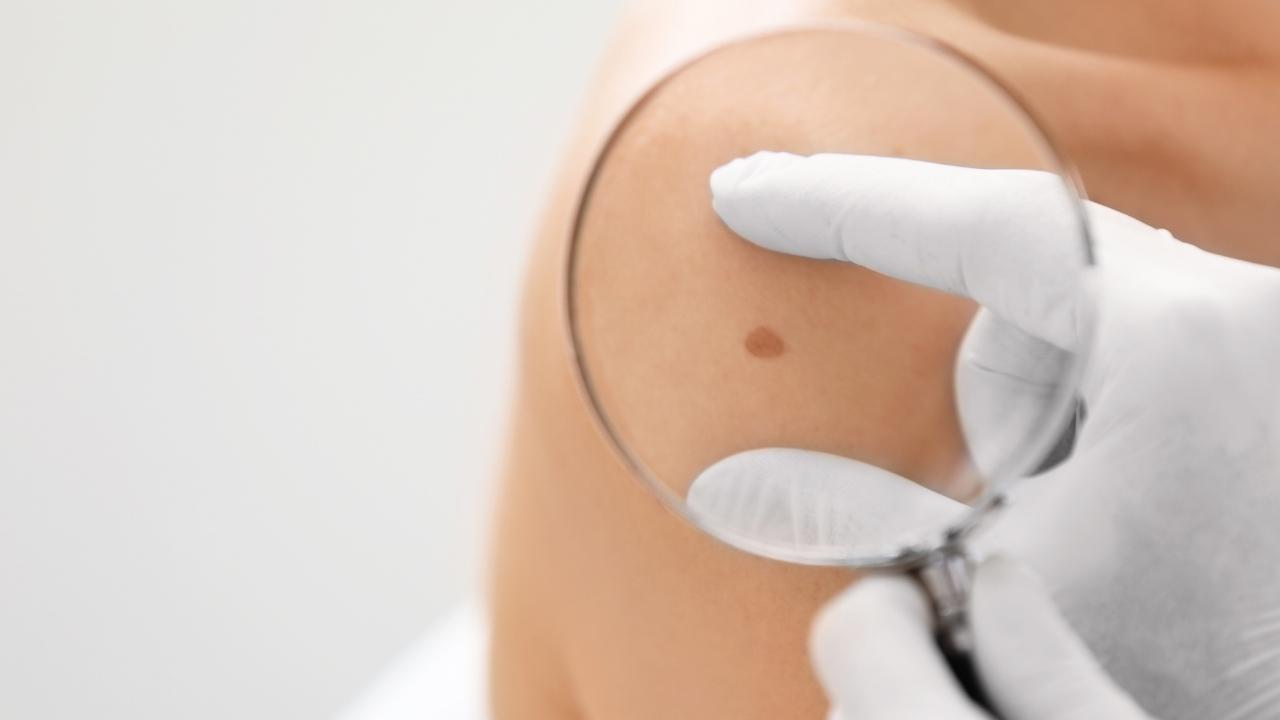Moles and Skin Cancer
Harmless moles come from melanocytes. Melanocytes form the melanin pigments that give color to the skin. Even if we blame our genetic makeup and the sun, sometimes some melanocytes turn into moles for a reason we cannot understand.
What Are I Shapes?
Normal moles are similar to each other. Their color can be brown, black, red or even bluish. They can be flat or raised, circular or misshapen on the skin. The most common moles are round, brown, raised, symmetrical and small. Sometimes puberty, pregnancy and the sun can increase the size of the ego.
Abnormal Moles – Melanoma is cancer within the melanocyte that forms pigments in the skin. Some other skin cancers do not spread, but melanoma spreads quickly to other parts of the body. It can occur in any part of the body, although it is usually seen on the back of men and the legs of women.
- Shape change in me: abnormal nevus syndrome, congenital mole larger than 15 cm
- White skin with previous skin cancer
- Close family member with melanoma
- Before 30 years of age, 10 or more tanning beds per year
- More than 50 moles on the body
- suppression of the immune system
- Freckling or burning of the tanning area
What Are Melanoma Precautions?
Knowing the risk factors very well and staying away from the sun. Before going out in the sun, SPF 15 sunscreen should be used. If there are some risk factors, sunscreen SPF 30 should always be used.
Is It Possible to Detect Melanoma?
Asymmetry – Draw a line through the middle of the mole and if both sides are different from each other, it is an asymmetrical mole.
Boundary – When the boundaries of the ego are not clear
Color – Color change in mole is an abnormal indicator. Especially if other moles on your body are one color, it is an indicator of abnormality. However, some people have normal moles of different colors. However, it may be an indication of abnormality.
Size – Most melanomas grow horizontally before growing vertically. If there is a mole that grows more than 6mm horizontally, it should not be overlooked.
What is Melanoma Treatment?
It is done by removing 1 cm of healthy tissue around melanoma and melanoma by a dermatologist. The state of the cancer is estimated by how thick the cancerous tissue is. The patient is then transferred to Oncology.




